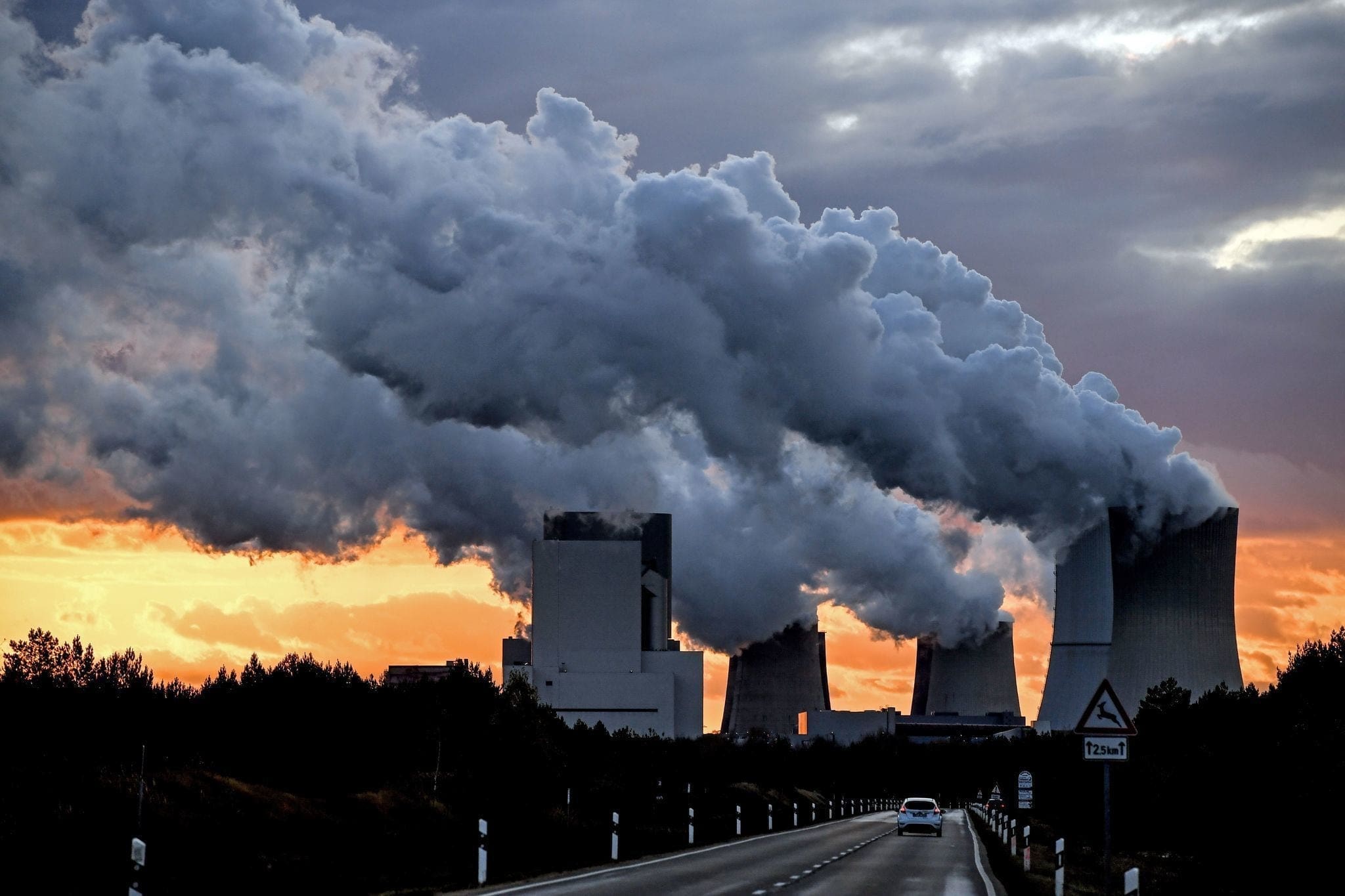Due to climate change, many residents of coastal communities around the world are experiencing the effects of rising sea levels, increased heatwaves and droughts, and worsened floods; the threats presented by this phenomenon are becoming increasingly obvious and threatening for all of us. Carbon concentrations in the Earth’s atmosphere stabilized above 400 parts per million (ppm) for the first time in 2016 and continued in 2017, and this year will also likely set the record for global temperature for the third consecutive year (TWC 2016). Warmer global temperatures have led to increases in extreme flooding and heat events this century, and have caused sea levels to rise worldwide, according to the International Panel on Climate Change (IPCC). Possible future effects include alterations of major ocean currents, desert expansion, and increased frequency and strength of extreme storms.
With so many of the world’s largest population centers on coastlines and in areas vulnerable to heat and flooding, cities are our front lines in the fight against the effects of sea level rise. The disruptive and costly relocation of millions away from flooded coastal metropolises is one of the direct consequences from unchecked climate change; even more imminent is how cities like Miami and others respond to the first effects of specific issues like sea level rise. A majority of the world’s people live in urban areas for the first time in human history, and thus cities have become even more important centers of activity than they were before. Much of the attention to sea level rise in the U.S. has focused on wealthier cities like Miami Beach, Boston, and Virginia Beach, VA, where resources allow for strong adaptation measures such as Miami Beach’s new $500 million seawater pumping system (Flechas et al. 2015). Other, less privileged communities (within these cities and elsewhere) deserve attention as well. Many of the communities impacted by rising sea levels do not have the resources to combat it effectively, and they often do not receive the amount of assistance their wealthier neighbors enjoy. Given the large concentration of socially vulnerable populations in many urban centers across the globe, these communities’ climate adaptation measures can have enormous short-term consequences for all of us (Anguelovski et al. 2016). Cities have invested much in their adaptation to sea level rise, and it would be smart to apply those investments to all of their citizens; it may do no less than determine their future.





